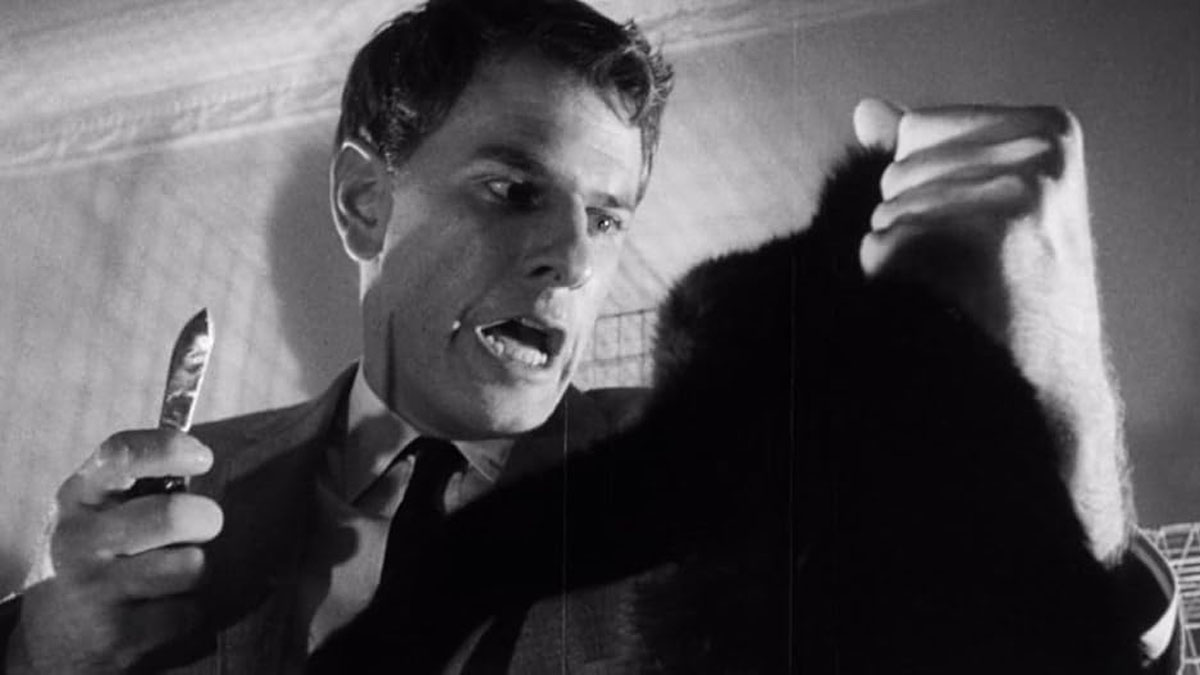
Despite what’s tantamount to a subgenre of macabre offerings suggesting otherwise, Edgar Allan Poe isn’t an author whose work readily lends itself to the cinematic medium. He’s very much an “on the page” writer, leading with and reliant upon dense forests of text and a stylistic formality in his prose that was deliberately archaic during Poe’s own time, an approach H.P. Lovecraft adopted in his.
The language of Poe’s fiction possesses an oratorical quality, as if it were written to be declaimed as an actor delivers a soliloquy from the stage (though by one’s self, late at night), with the brunt of the drama—for all of the Gothic trappings of plot—being psychological rather than external in nature. Poe is progressive through atavism, which is why he reads as both forward-thinking and primal. Hardly anyone moves swiftly in a Poe story. They mull and brood. All is laggard and lugubrious. We observe characters thinking, and think along with them, or, very probably, against them and what they’re doing and/or becoming.
To get Poe to the screen, liberties are taken en masse. Ironically, the less literal Poe’s symbolism-laden tales are made to become—that is, the further filmmakers venture from the designed workings of his actual texts—the greater the success of the cinematic venture. Roger Corman was the master of adapting Poe, striking the ideal balance between the spirit animating Poe’s words and engrossing visual narrative. The internal and external worked in thrilling, chilling cahoots.
Then we have the likes of Harold Hoffman’s dread-stain of a movie, The Black Cat from 1966, a Poe-related—one is tempted to say, “Poe-triggered”—reimaginging that makes for a singularly scuzzy must-watch. If someone told you prior to viewing that The Black Cat was a student film, you wouldn’t be surprised come the end. Watching it, you’re unsure what the hell its impetus could have been. Perhaps a feverish nightmare that transitioned into a fully awake, daytime affair kicked off by the chance placement of a camera on the nightstand and an English-class printout of Poe’s eponymous 1843 story. The latter had already inspired the 1934 Edgar G. Ulmer picture for Universal, co-starring Bela Lugosi and Boris Karloff, which remains a contender for the most fucked-up horror movie ever released by a major studio, or at least as far as the black-and-white era goes. Might as well keep the dirty ball rolling.
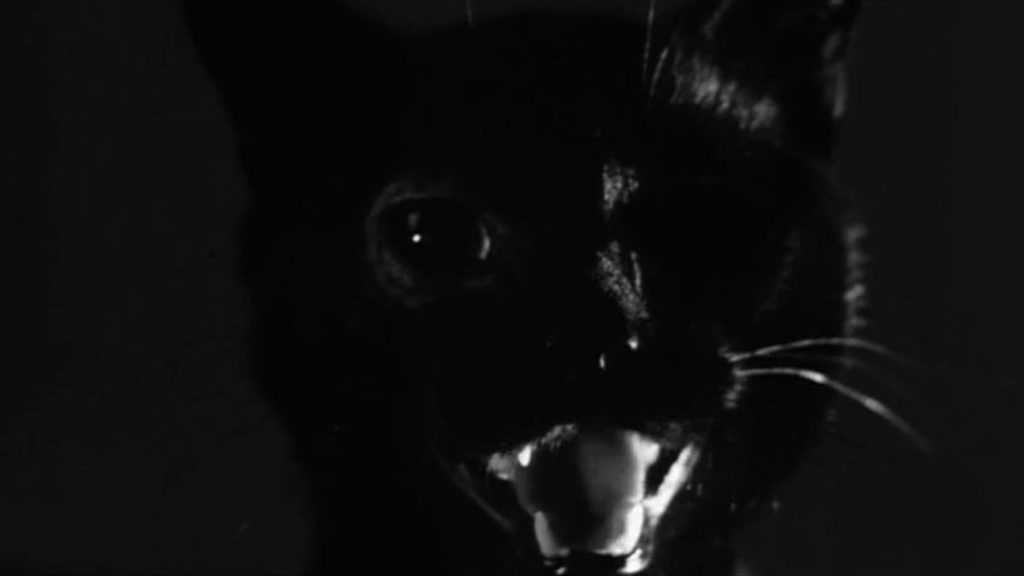
With his film, it’s as though Hoffman decided to take that earlier Ulmer effort of stylized, virtuosic sleaze as a challenge of prospective shock one-upmanship. Set in mid-1960s Texas—yee-haw, Edgar!—Hoffman’s adaptation is about a schizophrenic writer, played by Robert Frost—seriously, that’s the guy’s name, but he did definitely opt for the road usually not taken—who likes snuggling with his animals more so than he does his wife (Sadie French). He talks to them, gets all cuddly-wuddly with them to an alarming “Oh my God, is he boffing these animals?” degree, and dumps booze into his birds’ cages (while chuckling, toasting, and philosophizing like a stoned high-school sophomore who just heard The Doors’ “The End” for the first time) so that his avian pals (and possible conquests) can tie one on, too. Polly wants a cracker? Have a Heineken instead, girl.
The couple adopts a dark-as-sin cat named Pluto, but head-scratches soon become eye-gougings, due to what we’ll conservatively call mental-health issues. The actual plucking out of the eye isn’t anything you’re prepared for, no matter how high your gross-out meter goes. We see the aftermath: said ocular item set in the deep palm of Frost’s hand, festooned with fur—there’d be less hair if the thing had been dropped on the floor of a barber shop—and smears of blackened blood. This is a black-and-white film, but you still know that blood isn’t red—it’s closer to witch juice, which makes sense, given the lore that cats are witches in feline form.
A cure is taken. There’s a restful stay at a sanatorium, but then this other black cat shows up—Son of Pluto! You know how it is when you keep seeing the same animal around every corner, including one you live with—you realize they’re trying to kill you and make sure you get them first.
The Black Cat isn’t the most polished movie—you could see our hypothetical student filmmaker telling his incredulous professor that it was a send-up of the avant-garde—but Hoffman had an undeniable talent for the grisly image that sears itself into the brain, branding iron–style, as with the husband-wife excursion to the basement of their new home (the mayhem concerning Pluto the First resulted in the fiery destruction of their original abode), which manages to work in a nod to “The Cask of Amontillado,” with a dash of “The Pit and Pendulum.” (The film, incidentally, spells Poe’s name incorrectly, though the poster art at least got it right.)
We’re also treated to what you’d never encounter in an Edgar Allan Poe story: a chase scene—hot damn, we got a cool sports car—which ends when a certain someone decides it’s high time to stand in the middle of the road because, let’s face it, cats never forget—the same being true for viewers who try and make friends with this feral bad boy of a film.🩸
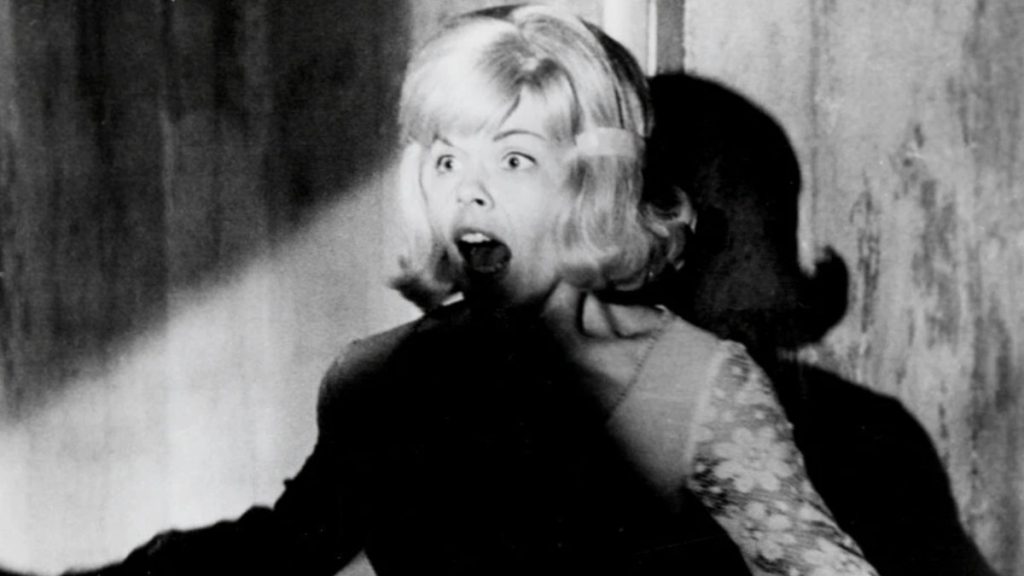
is the author of eight books, including the story collection, If You [ ]: Fabula, Fantasy, F**kery, Hope, a 33 1/3 volume on Sam Cooke’s Live at the Harlem Square Club, 1963, Meatheads Say the Realest Things: A Satirical (Short) Novel of the Last Bro, and a book about 1951’s Scrooge as the ultimate horror film. His work has appeared in Harper’s, The Atlantic, Rolling Stone, The New York Times, Vanity Fair, The Daily Beast, Cineaste, Film Comment, Sight and Sound, JazzTimes, The New Yorker, The Guardian, and many other venues. He’s completing a book called And the Skin Was Gone: Essays on Works of Horror Art. His website is colinfleminglit.com, where he maintains the Many Moments More journal, which, at 2.7 million words and counting as of autumn 2023, is the longest sustained work of literature in history.
A paragon of queer perversity, Edgar G. Ulmer’s unfathomable Universal horror hit gave major stars Bela Lugosi and Boris Karloff two of their greatest roles. In the first of many films together, the erstwhile Dracula and Frankenstein’s monster play a pair of intensely bonded...
BY MICHAEL KORESKY | June 13, 2022
Suckers for crazy-ass voodoo curses that travel down female family bloodlines should delight in The Kiss, a film that got lost among the wealth of 1988 horror gems like Child’s Play, The Blob, and Pumpkinhead, and still hasn’t found its rightful place in the pantheon.
BY LAURA KERN | October 31, 2022
One of the most unheralded of Universal’s 1930s horror films, though perhaps the purest example of the form during that era, Murders in the Rue Morgue (1932) comes off as early-Hollywood...
BY LAURA KERN | November 13, 2024
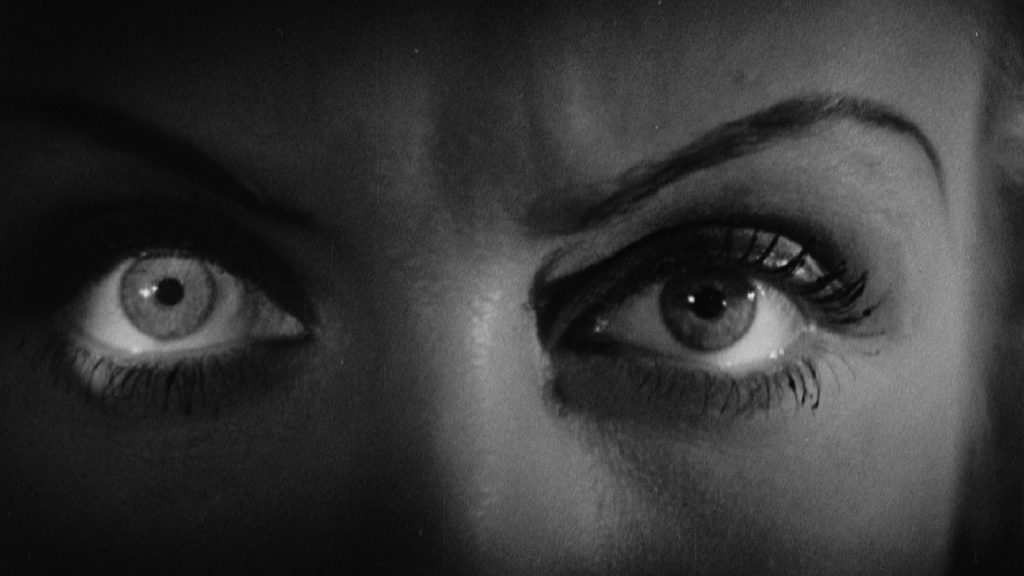
This pre-Code offering packs a lot of story into its typically brisk running time, with several plot threads weaving together a (not always successful) tapestry of spooky and criminal doings.
READ MORE >
BY ANN OLSSON | Month 00, 2021
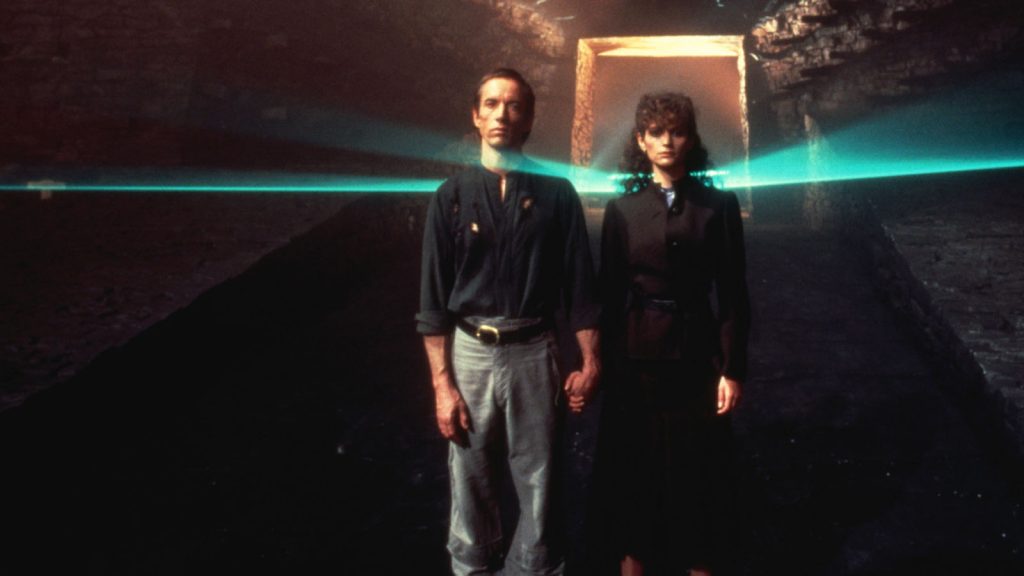
In what could be the fastest-resulting rape revenge movie, a drunken lout brutally forces himself on Ida, the young woman who doesn't return his affections, during a party over Labor Day.
READ MORE >
BY LAURA KERN | Month 00, 2021
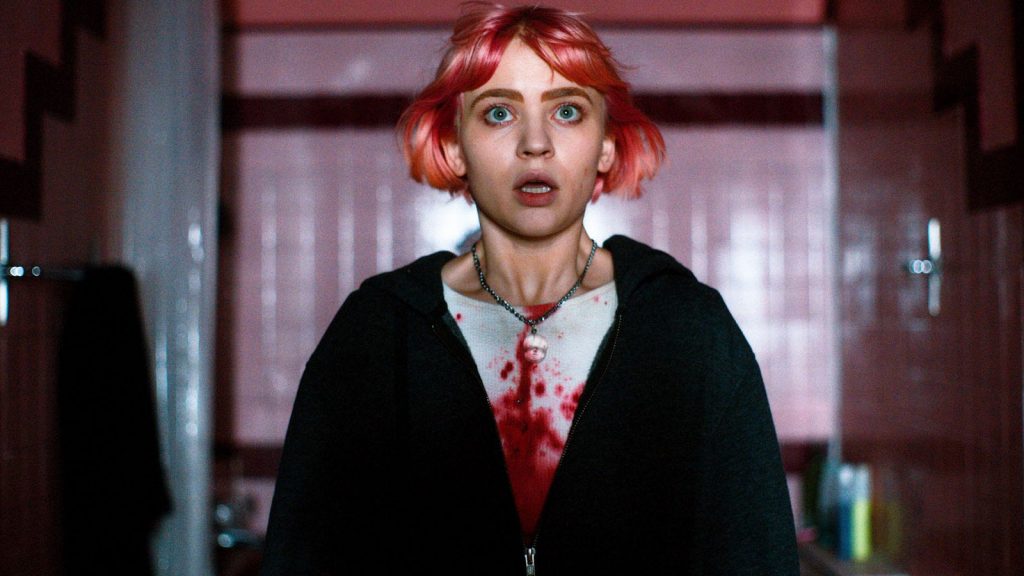
Beast is a lot of movies in one package - fractured fairy tale, belated-coming-of-age story, psychological drama, regional horror film - but above all it's a calling card for its leading lady, Jessie Buckley.
READ MORE >
BY LAURA KERN | Month 00, 2021